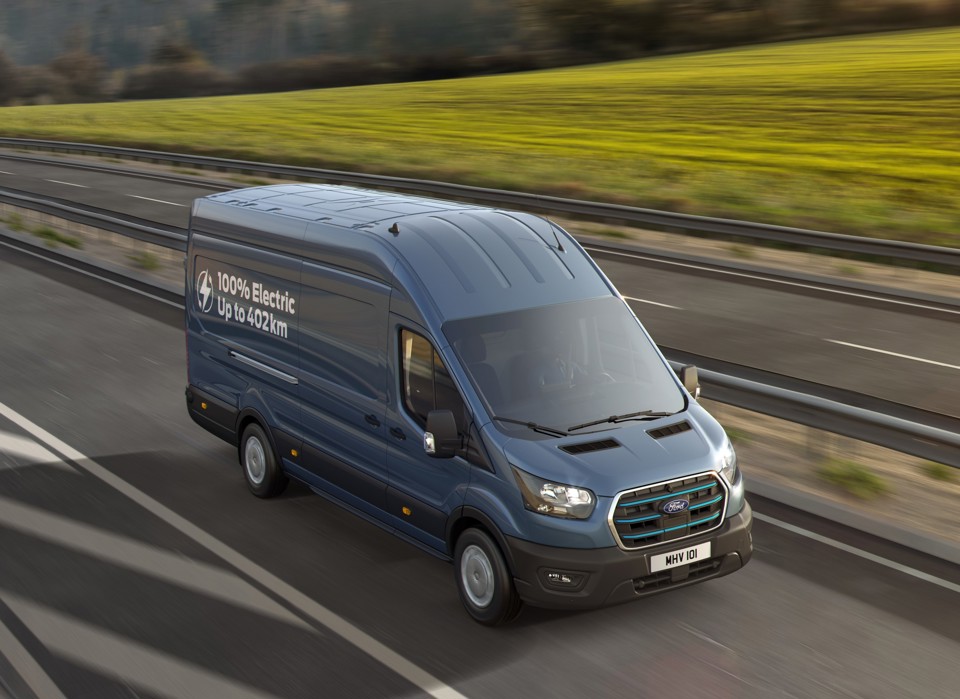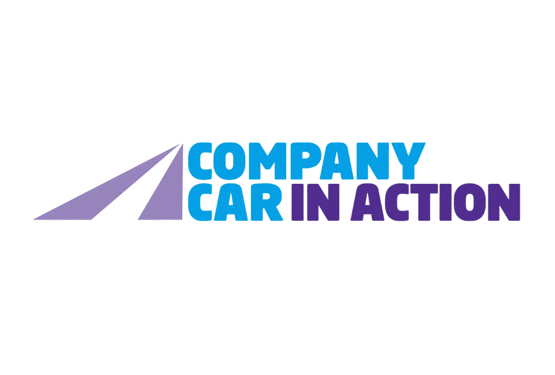Ford Pro has introduced a new Extended Range version of the E-Transit van, with the ability to go up to 249 miles.
The new model features an 89kWh useable battery capacity - boosting range by 28% - as well as faster AC and DC charging performance.
Maximum AC charge capability has been increased from 11kW to 22 kW, meaning a full overnight charge is targeted to take under six hours. DC fast charging capability has been increased from 115kW to 180kW, so that a 10-minute charge can add up to 72 miles of driving range, and a 10-80% charge takes approximately 28 minutes.
Customers also benefit from extended two-year/unlimited distance service intervals – double the current one-year interval.
Ford Pro expects that the increased capability of E-Transit extended range will appeal to customers with a wide range of use cases and requirements, so the company is offering a choice of 19 model variants including L3 and L4 lengths, van, double-cab-in-van and single chassis cab body styles, with GVMs from 3,500kg to 4,250kg.
Maximum payload is up to 1,460kg for vans and 1,814kg for chassis cab variants, with towing weight up to 750Kg for models with 3,500Kg GVM. Pro Power Onboard is also available to deliver 2.3kW of exportable power from the vehicle battery to run tools, equipment and conversions.
Like all E-Transit commercial vehicles, the extended range model is fully integrated with the Ford Pro platform of connected charging and software solutions to help customers optimise energy management, streamline servicing, and minimise downtime and cost of ownership.
“The extended range option for E-Transit is another example of the Ford Pro commitment to making high-productivity electric fleets a reality across Europe,” said Hans Schep, general manager, Ford Pro, Europe. “Giving customers the option to drive further between charges alongside a wide choice of body styles and support from Ford Pro’s connected ecosystem strengthens our position as their trusted partner for complete fleet solutions.”
The extended range E-Transit is designed to appeal especially to customers who operate in rural regions, colder climates, or on routes involving highway driving. The powertrain will also complement converted vehicles with additional weight and auxiliary power needs. Customers will be able to order the new model later this year, with initial deliveries expected in 2025.




















Login to comment
Comments
No comments have been made yet.